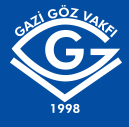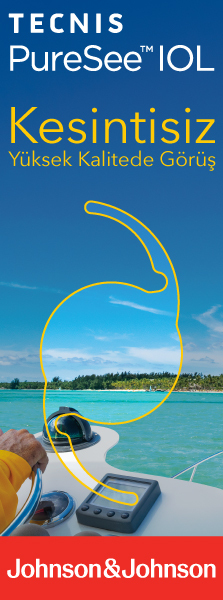Materials and Methods: The records of patients with a history of traumatic lens dislocation or subluxation(≥270 º zonule dialysis) who underwent pars plana vitrectomy(PPV) and pars plana lensectomy(PPL) were retrospectively rewieved. Only patients with a follow up of at least 6 months were included and 20 eyes of 20 patients were evaluated in the study. Best corrected visual acuity (BCVA) of ≥ 5/200 and complete retinal reattachment present at the last follow up were accepted as functional and anatomical success.
Results: 17 (85%) of patients were male and 3 (15%) of them were female. Trauma was in the left eye in 12 (60%) and in the right in 8 (%40) patients. The patient age ranged from 6 to 76 (mean: 45,4±25,4). The time from trauma to vitreoretinal surgery ranged from 3 days to 12 years. (median: 30 days). The mean follow up period was 9,47 months with a range of 6 to 23 months. 11 (%55) of patients had a history of trauma outdoors with a wooden object. 14 (%70)of patients had closed globe injury (contussion) and 6 (30%) had open globe injury. 5 (%83,4) of the open globe injuries were rupture and 1 (16,6%) of them was intraocular foreign body. Preoperative BCVA of patients were in the range of light perception to 20/50. At presentation 4 (%20) patients had iridodialysis, 5 (%25) patients had hyphema, 7 (%35) patients had intravitreal hemorrhage, 4 (%20) patients had choroidal detachment, 3 (%15) patients had choroidal rupture, 6 (%30) patients had retinal detachment, 6 (%30) patients had glaucoma, 1 (%5) patients had makuler hole. Anatomical success was achieved in 4 (%66,6) of 6 patients with retinal detachment. Functional success was achieved in 13 (%65) patients.
Conclusion: In patients with traumatic lens dislocation/subluxation vitreoretinal surgery is an effective and safe which also allows handling of associated posterior segment pathologies.
Keywords : Traumatic lens dislocation, travmatic lens subluxation , VRS, trauma.




